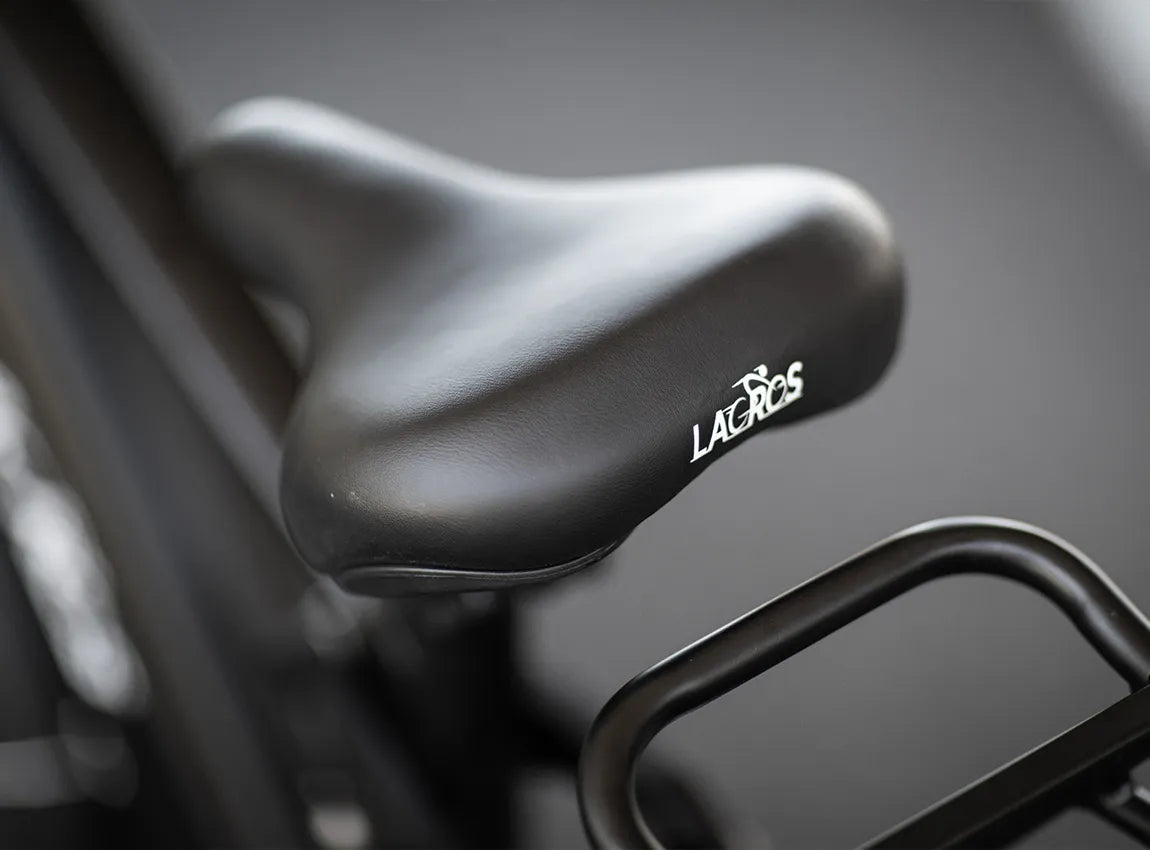Electric bikes are more than a passing trend—they’re reshaping how we move in cities, commute to work, and enjoy the outdoors. Yet one of the most overlooked factors when buying an e-bike is comfort. A comfortable e-bike can transform cycling from a chore into an enjoyable part of your day. Meanwhile, an uncomfortable setup can lead to back pain, wrist strain, or simply cause you to avoid riding your bike altogether. This complete guide explains why comfort matters, the features that influence it, and how you can choose and maintain the best e-bike for your personal needs in 2025.
Why Comfort Matters When Riding an E-Bike
Many first-time buyers focus on motor power, battery life, or aesthetics. But comfort is what determines whether you’ll actually ride your e-bike consistently.
Riding in discomfort can cause:
- Physical pain – sore backs, stiff shoulders, and numb hands are common.
- Fatigue – poor posture or a harsh ride makes even short trips exhausting.
- Reduced confidence – if your bike feels awkward, you’ll hesitate to ride it.
On the other hand, a comfortable e-bike:
- Encourages longer rides and daily use.
- Promotes better posture and joint health.
- Makes commuting less stressful and more enjoyable.
When viewed this way, comfort isn’t a luxury—it’s essential.
Understanding E-Bike Types and How They Work
Before choosing features, it helps to understand the main categories of e-bikes. Each type offers a different balance of comfort, speed, and purpose.
- City/Commuter E-Bikes – designed for urban use. Upright riding positions, integrated lights, and fenders support comfort and convenience.
- Mountain E-Bikes (e-MTBs) – equipped with front or full suspension to absorb shocks on trails. Great for adventure, but sometimes heavier.
- Hybrid E-Bikes – a versatile blend, suitable for paved roads and light off-road paths. Popular with casual riders.
- Folding E-Bikes – prioritize portability. Ideal for apartment dwellers or commuters who need to carry their bike onto trains, though compact size may limit comfort.
- Cargo E-Bikes – built to carry loads or passengers. Their stability and upright posture often make them surprisingly comfortable.
All e-bikes pair a motor with a battery. The motor assists your pedaling, while the battery powers it. How these are integrated into the frame affects balance, weight distribution, and ultimately your comfort.
Key Features That Determine E-Bike Comfort
Several design elements directly influence whether a bike feels natural or awkward.
- Frame Geometry
- Upright geometry supports the spine and reduces wrist pressure.
- Sportier, forward-leaning frames may suit performance riders but are less forgiving.
- Saddle (Seat)
- Wider, cushioned saddles distribute weight evenly.
- Narrow saddles are better for speed but can feel harsh for casual riders.
- Suspension
- Front suspension (hardtail) smooths bumps.
- Full suspension increases comfort off-road but adds weight.
- Handlebars
- Flat bars promote control but may strain wrists.
- Swept-back bars allow relaxed shoulders and arms.
- Tires
- Wider tires at lower pressures act like natural shock absorbers.
- Smooth treads work well on city streets, while knobby tires add grip off-road.
External Factors That Influence Riding Comfort
Even the best e-bike can feel uncomfortable if other conditions aren’t right. Key factors include:
- Fit and Sizing – always match frame size to your height. An ill-fitting bike leads to knee, back, and wrist pain.
- Clothing and Gear – padded shorts, gloves, and proper footwear enhance comfort on longer rides.
- Terrain – a mountain e-bike feels wasted on perfectly paved roads, while a commuter e-bike may rattle on gravel paths.
- Posture and Technique – keeping elbows slightly bent and shoulders relaxed prevents stiffness.
Comfort isn’t only built into the bike—it also depends on how you use it.

Essential Accessories and Upgrades to Improve Comfort
Not every e-bike is perfect out of the box. Luckily, small upgrades can make a big difference:
- Gel or memory-foam saddle covers for added cushioning.
- Suspension seat posts to absorb shocks on rough terrain.
- Ergonomic grips to reduce pressure on palms and wrists.
- Adjustable stems to customize handlebar height and reach.
- Wider tires suited to your route for better shock absorption.
These affordable tweaks can turn a decent ride into an exceptionally comfortable one.
How to Match the Right E-Bike to Your Needs
Comfort is personal. Instead of asking, “What’s the most comfortable e-bike?” consider, “What’s comfortable for me?”
- Daily Commuters – look for upright geometry, integrated lights, fenders, and racks for carrying essentials.
- Long-Distance Riders – prioritize ergonomic saddles, suspension systems, and long-range batteries.
- Off-Road Enthusiasts – choose durable frames, strong suspension, and wide knobby tires.
- Leisure Riders – simplicity, padded saddles, and swept-back handlebars make weekend rides enjoyable.
By matching features to lifestyle, you’ll avoid common discomforts.
Maintenance Tips to Keep Your E-Bike Comfortable Long-Term
A well-maintained bike not only performs better but also feels more comfortable:
- Tire Pressure – keep tires inflated to the correct PSI. Too hard feels bumpy; too soft makes pedaling harder.
- Saddle and Handlebar Adjustments – re-check fit regularly, especially if you share your bike with others.
- Suspension Care – clean and lubricate moving parts. Replace worn components.
- Replace Worn Parts – old grips, pedals, or saddles lose cushioning and should be replaced promptly.
Think of maintenance as preventive comfort care.
FAQs About Comfortable E-Bikes
Q: How do I know if an e-bike fits me correctly?
A: Check frame size charts and test rides. You should be able to stand over the frame comfortably, with knees slightly bent at the lowest pedal position.
Q: Do I need suspension for comfort?
A: Not always. For city riding, wide tires and a good saddle may be enough. Suspension is more important on rough terrain.
Q: Can I make my current e-bike more comfortable?
A: Absolutely. Start with a better saddle, ergonomic grips, or a suspension seat post before considering a new bike.
Q: Are heavier e-bikes less comfortable?
A: Weight mostly affects handling and transport. Comfort depends more on geometry, fit, and shock absorption than overall weight.





Share:
Do Electric Bikes Charge While Riding? Understanding Regenerative Technology
Best Electric Bikes with Passenger Seats: Features, Safety, and Buying Guide